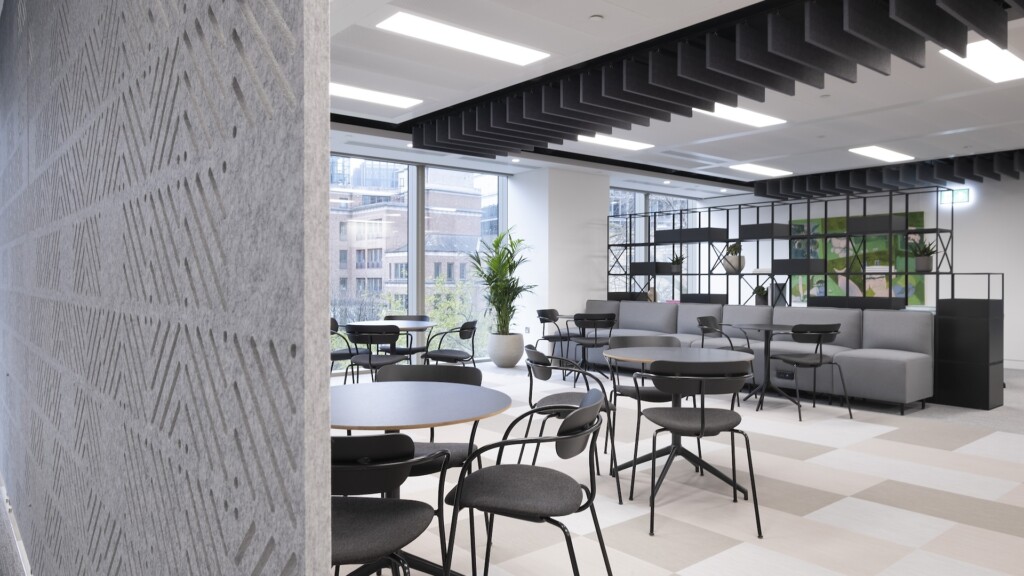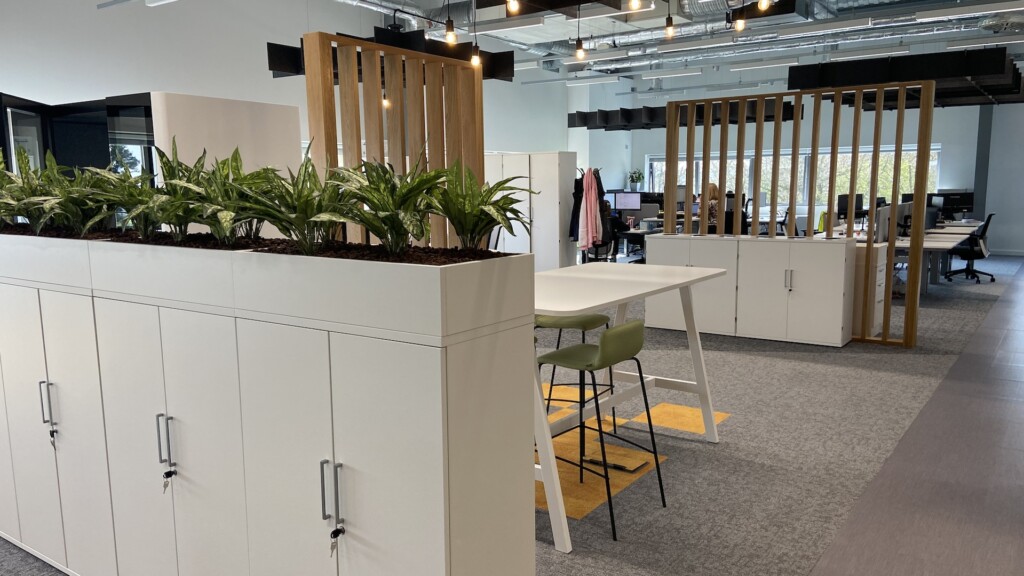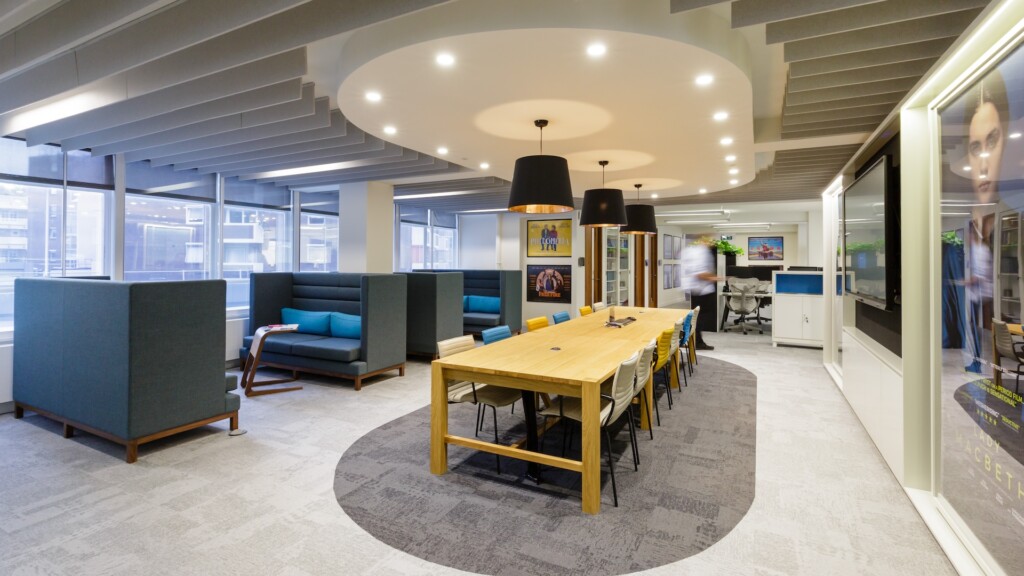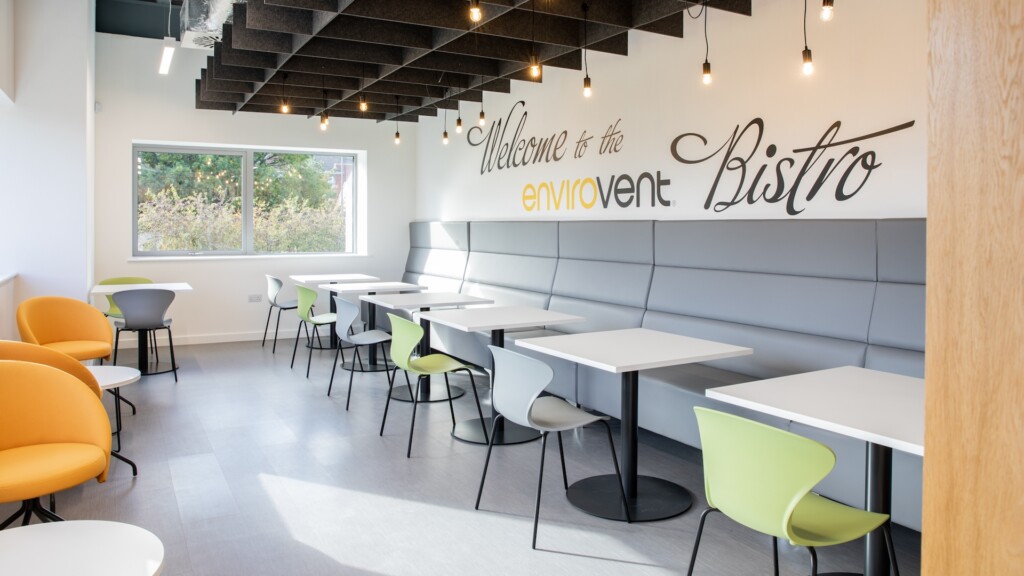The Impact of Poor Acoustic Design on Staff Wellbeing and Productivity
The Impact of Poor Acoustic Design
In the hustle and bustle of today’s open-plan offices, noise pollution has become a significant issue. With the constant barrage of phone calls, office chatter, and the incessant hum of technology, it’s not surprising that employees often struggle to concentrate. However, the impact of poor acoustic design goes beyond mere annoyance; it can significantly affect staff wellbeing and productivity.

The Sound of Productivity Plummeting
According to research from the British Journal of Psychology, there is a 66% decrease in productivity due to noise in the workplace1. This statistic is a stark reminder of how critical a quiet and calm work environment is for employees to perform at their best.
Noise interruptions are not just nuisances; they are productivity killers. Research from the University of California found that the average time between interruptions at work is only 11 minutes2. These interruptions can come from various sources, including loud conversations, equipment noise, and even external sounds leaking into the workspace.
But the real kicker is this: once interrupted, it takes an average of 23 minutes for workers to refocus on their tasks2. That’s nearly half an hour lost for every interruption, which quickly adds up over a workday or week. This continuous cycle of interruption and refocusing can lead to fatigue, stress, and overall reduced productivity.


The Wellness Factor


The Way Forward